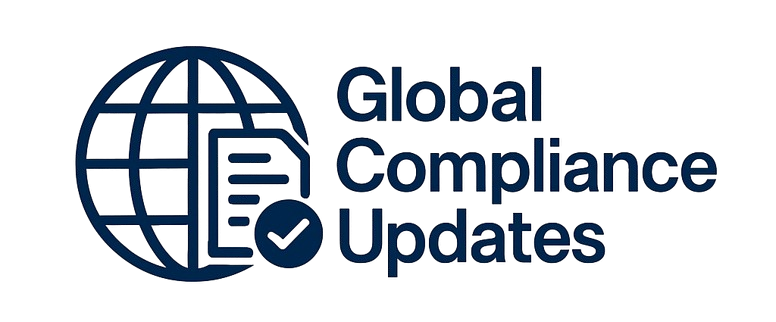Design controls involve the translation of user requirements (aka Voice of the Customer) into specific technical requirements as design inputs. These design inputs then form the basis of the design specification, which becomes the design output. Since design controls requires tracing backwards and forwards in order to link the requirements to their satisfaction, a problem faced by many companies is in having to maintain duplicate information across many controlled documents. This repetition is a major source of inconsistencies and errors.In this webinar, we apply the Theory of Lean documents and its corollary Theory of Lean Configuration to present a fresh approach to these linked and cascading documents.
WHY SHOULD YOU ATTEND?
If you are constantly struggling to create, manage, and maintain all of the information found in Design Inputs, Design Outputs, and traceability matrices, all of which are often redundant, repetitive, and clustered together in an awkward manner, this webinar is something that will give you a different perspective and a very different approach that you can use.
If your design and manufacturing resources are spending too much time on documentation and not enough time on actual design and manufacturing you as a manager need to be looking for ways to simplify their work. This webinar presents a new approach yet is based on solid principles and proven practices.
AREA COVERED
- Traceability Matrix
- Applying lean document and lean configuration principles to the above
- Bringing it all together
LEARNING OBJECTIVES
The objectives of the presentation are:
- Brief introduction to Lean Documents and Lean Configuration
- Quality System Regulation, 21 CFR Part 820, and ISO 13485 as these apply to design control documents
WHO WILL BENEFIT?
Managers, Supervisors, Directors, and Vice-Presidents in the areas of:
- Manufacturing Engineering
- Design Assurance
- Quality Assurance
- Operations
- Document Control
If you are constantly struggling to create, manage, and maintain all of the information found in Design Inputs, Design Outputs, and traceability matrices, all of which are often redundant, repetitive, and clustered together in an awkward manner, this webinar is something that will give you a different perspective and a very different approach that you can use.
If your design and manufacturing resources are spending too much time on documentation and not enough time on actual design and manufacturing you as a manager need to be looking for ways to simplify their work. This webinar presents a new approach yet is based on solid principles and proven practices.
- Traceability Matrix
- Applying lean document and lean configuration principles to the above
- Bringing it all together
The objectives of the presentation are:
- Brief introduction to Lean Documents and Lean Configuration
- Quality System Regulation, 21 CFR Part 820, and ISO 13485 as these apply to design control documents
Managers, Supervisors, Directors, and Vice-Presidents in the areas of:
- Manufacturing Engineering
- Design Assurance
- Quality Assurance
- Operations
- Document Control
Speaker Profile
 Jose Ignacio Mora
Jose Ignacio Mora
Jose Mora is a Principal Consultant specializing in Manufacturing Engineering and Quality Systems. For over 30 years he has worked in the medical device and life sciences industry specializing in manufacturing, process development, tooling, and quality systems. Prior to working full time as a consulting partner for Atzari Consulting, José served as Director of Manufacturing Engineering at Boston Scientific and as Quality Systems Manager at Stryker Orthopedics, where he introduced process performance, problem solving, and quality system methodologies.During that time he prepared a white paper on the application of lean manufacturing methods to the creation and management of …
Upcoming Webinars

ChatGPT and Project Management: Leveraging AI for Project M…

Workplace Investigations 101: How to Conduct your Investiga…

Project Management for administrative professionals

The Monte Carlo Simulations in Excel for Risky Investments

Onboarding is NOT Orientation - How to Improve the New Empl…

Dealing With Difficult People: At Work & In Life

Transform Data into Insights: A Beginners Guide to Excel Pi…

Construction Lending And Real Credit Administration: Evalua…

Understanding Accounting for non - Accounting professionals

Harassment, Bullying, Gossip, Confrontational and Disruptiv…

New Form 1099 Reporting Requirements: 2025 Compliance Update

Human Error Reduction Techniques for Floor Supervisors

HR Metrics and Analytics 2025 - Update on Strategic Plannin…

Treating Employees Like Adults: Discipline versus Empowerme…

7 Ways To Beat Burnout: Without Quitting Your Job


How to Write Procedures to Avoid Human Errors

Handbook Overhaul 2026: Compliance, OBBB Act & Beyond

FDA Proposes Framework to Advance Credibility of AI Models

Ethical Terminations: Navigating Employee Exits with Legal …

Understanding EBITDA – Definition, Formula & Calculation

Project Management for Non-Project Managers - Scheduling yo…

4-Hour Virtual Seminar on Hidden Secrets of Selling & Marke…

Validation Statistics for Non-Statisticians

Data Integrity and Privacy: Compliance with 21 CFR Part 11,…


The Alphabet Soup: When the FMLA, ADA, COBRA, and Workers' …

Talent Management: How to Leverage AI and ChatGPT Tools for…


Offboarding with Care: Conducting Legal & Ethical Employee …

2-Hour Virtual Seminar on How to Conduct an Internal Harass…

Payments Fraud Detect & Prevent Check, ACH and P-Card Schem…

Managing Toxic & Other Employees Who have Attitude Issues



Reduce Stress in the Workplace: Effective Ways to Handle Co…





Excel - Pivot Tables - The Key To Modern Data Analysis and …
